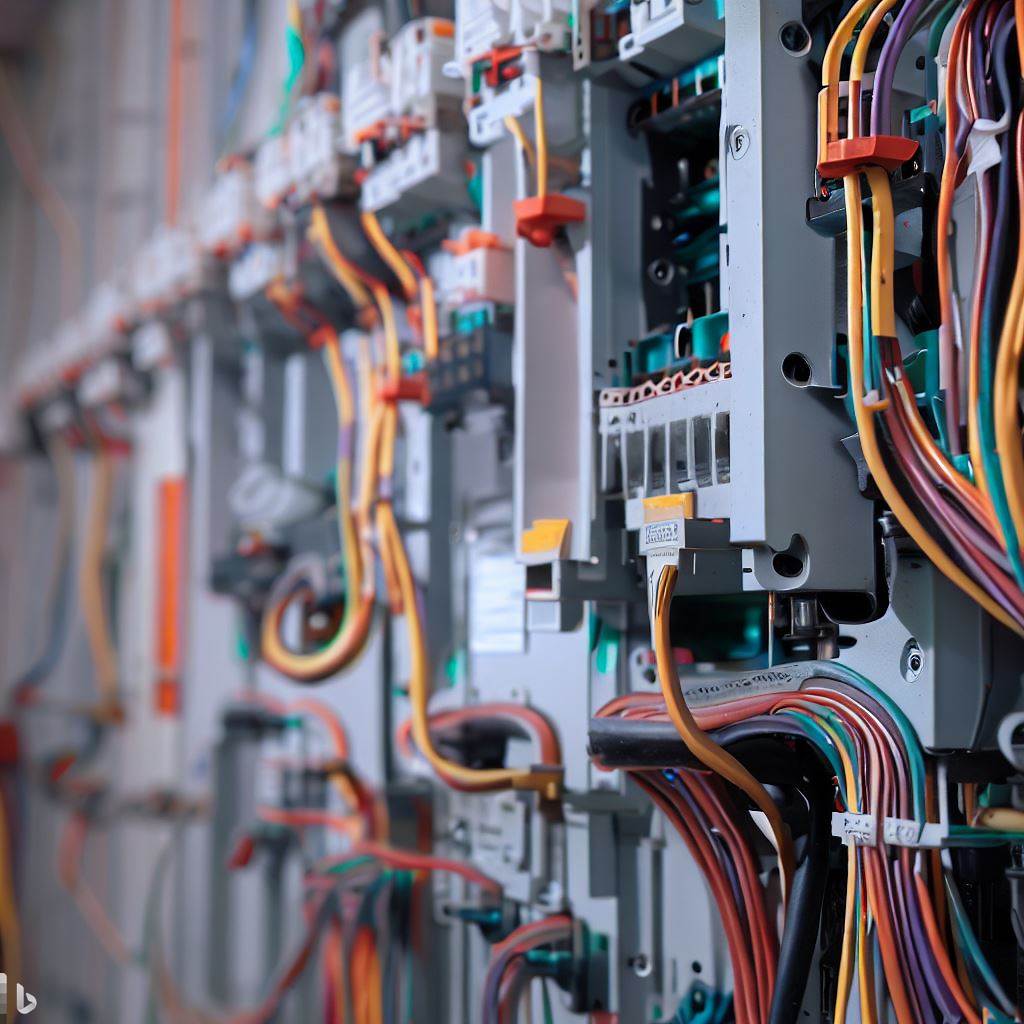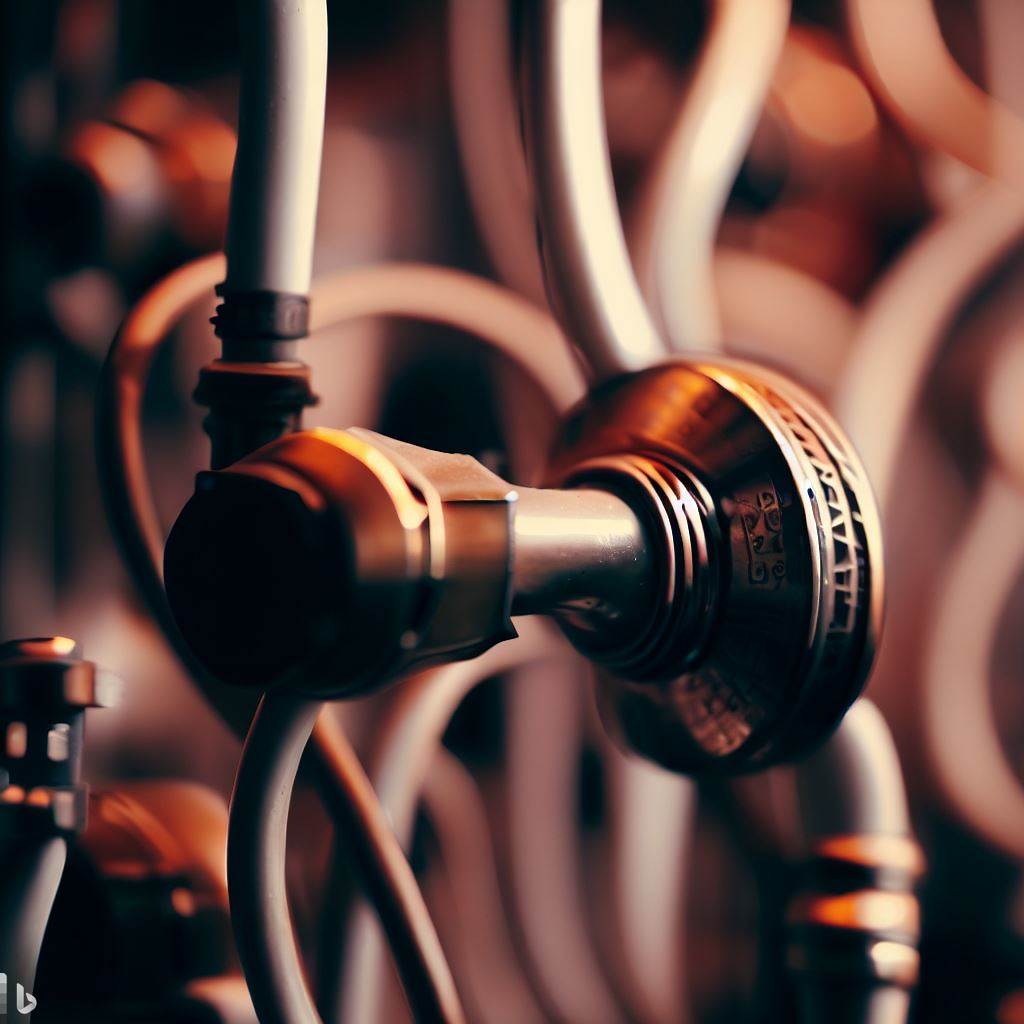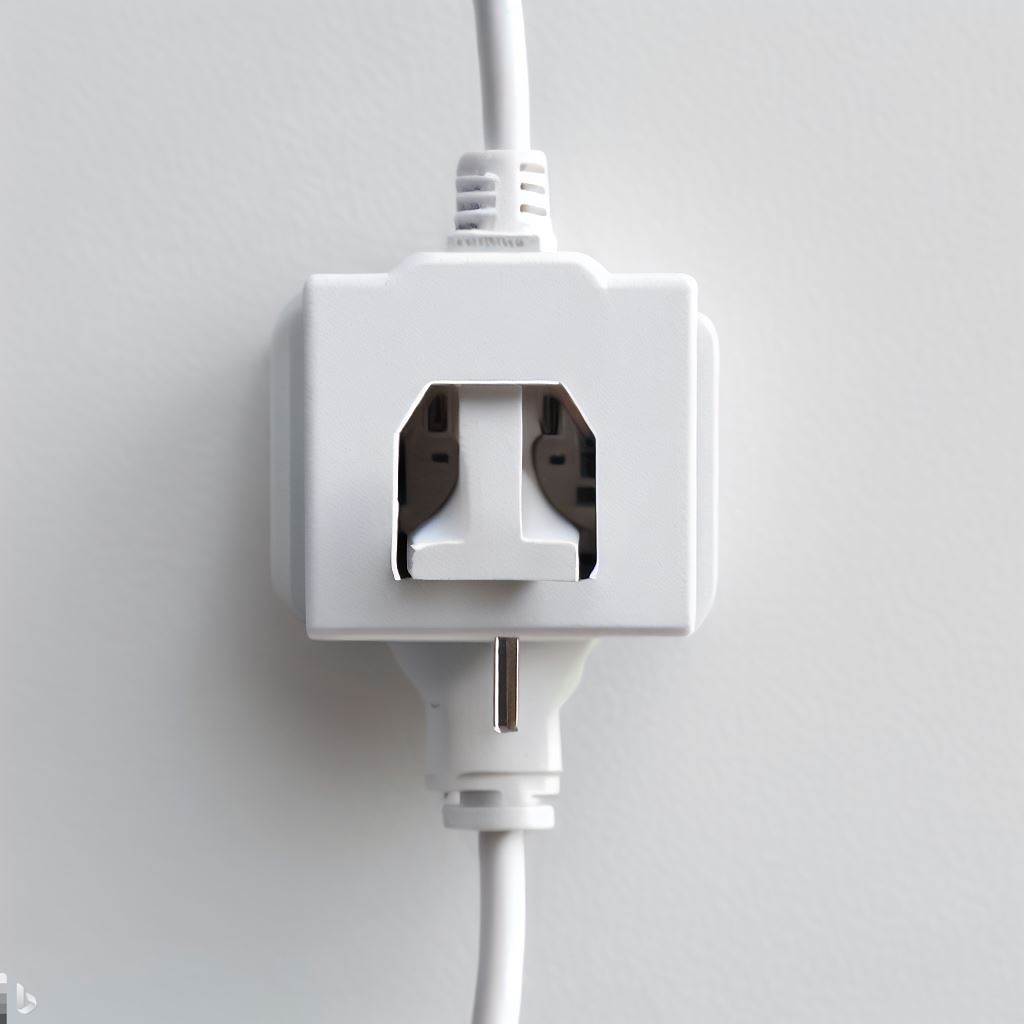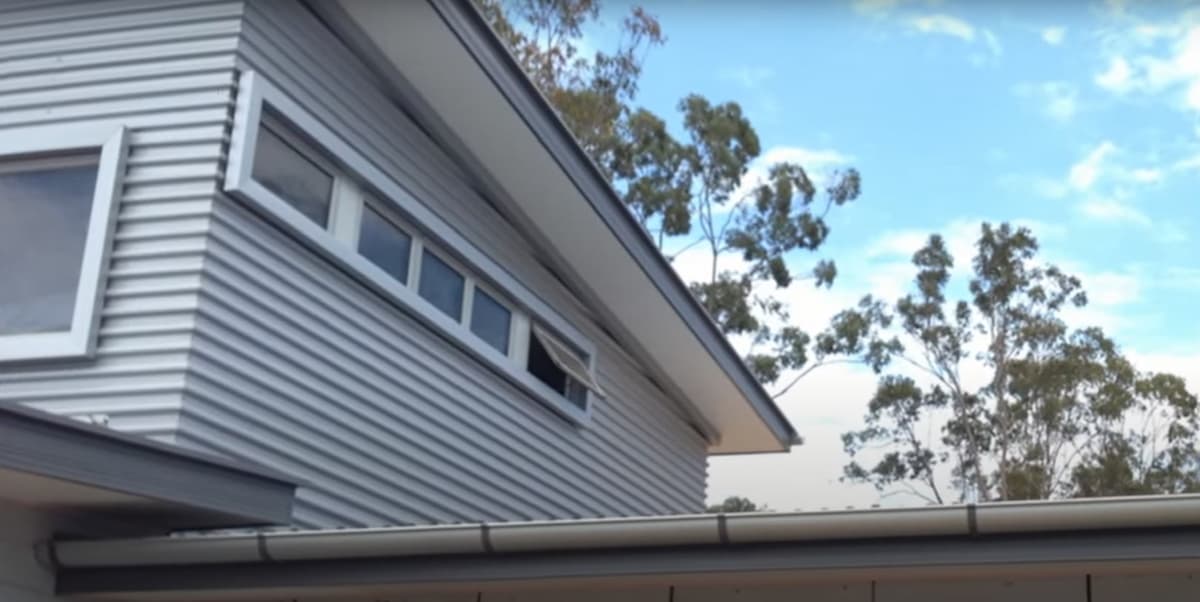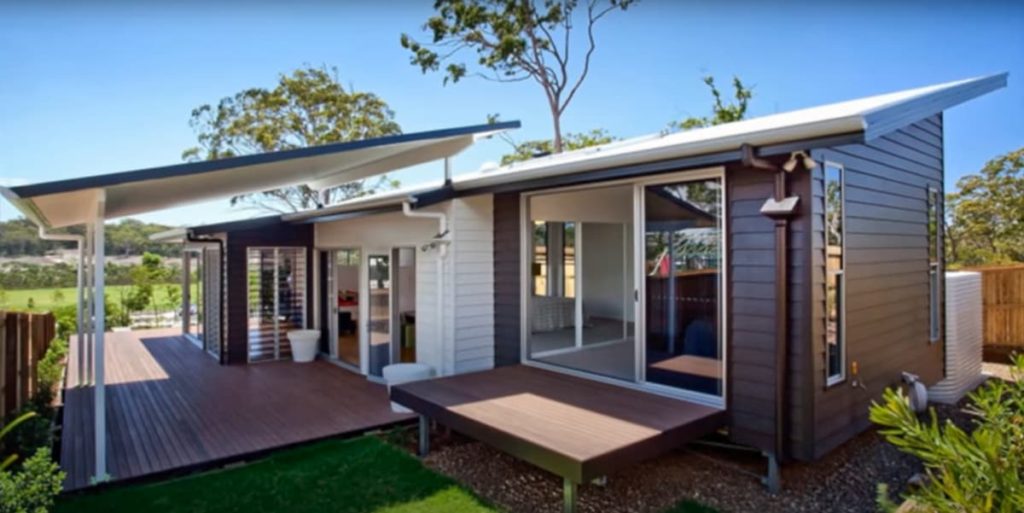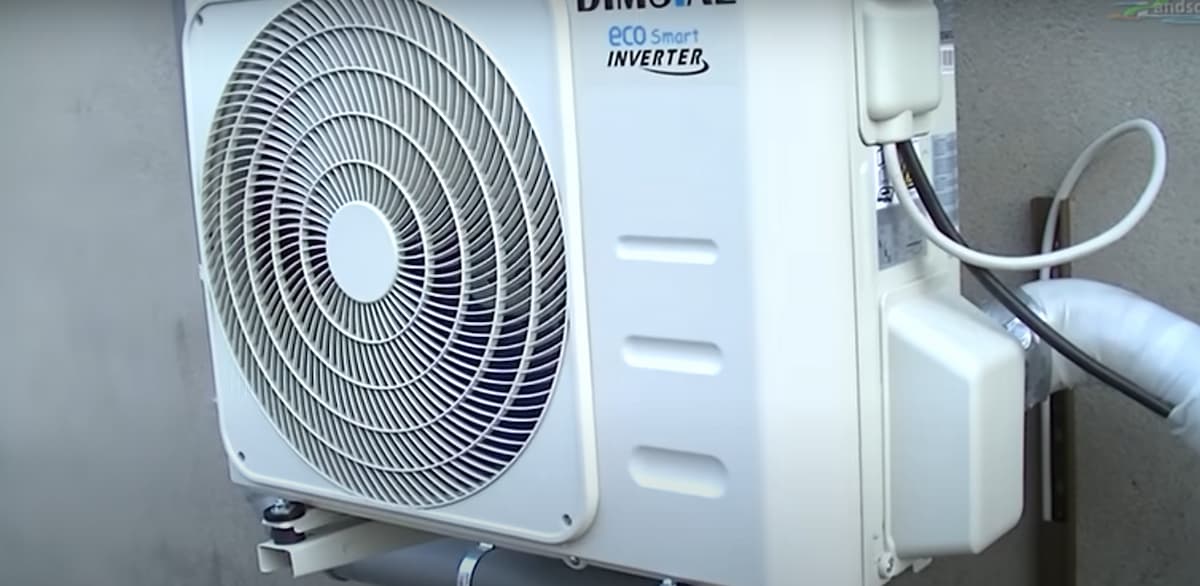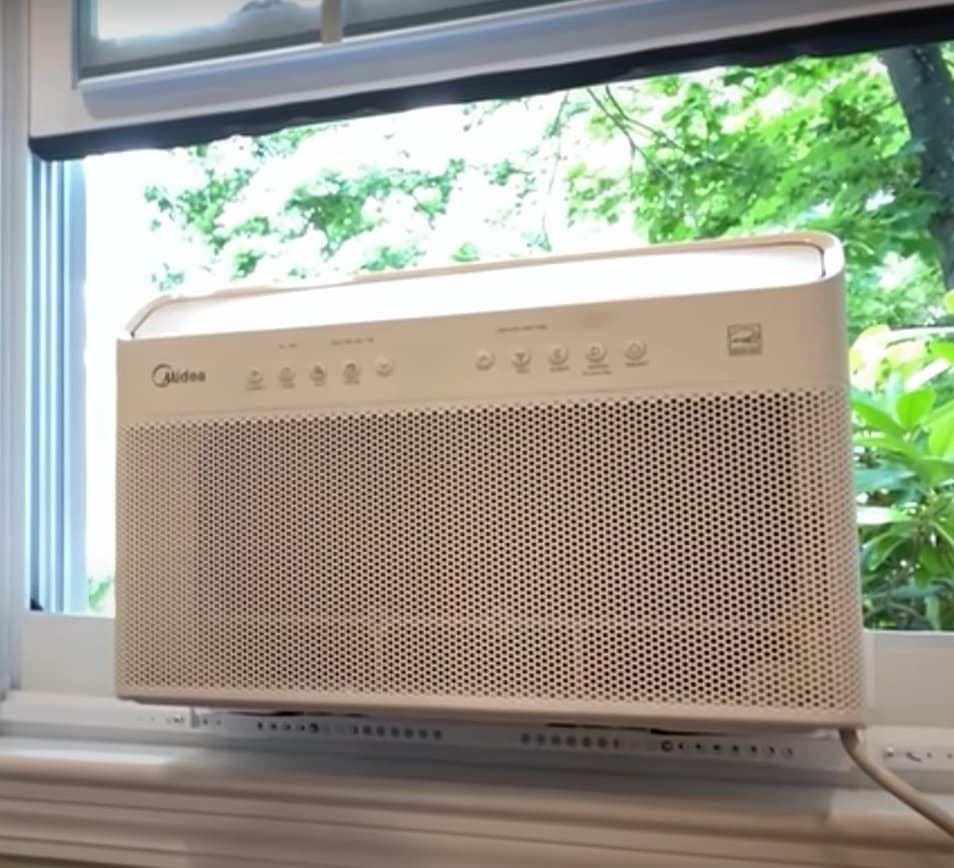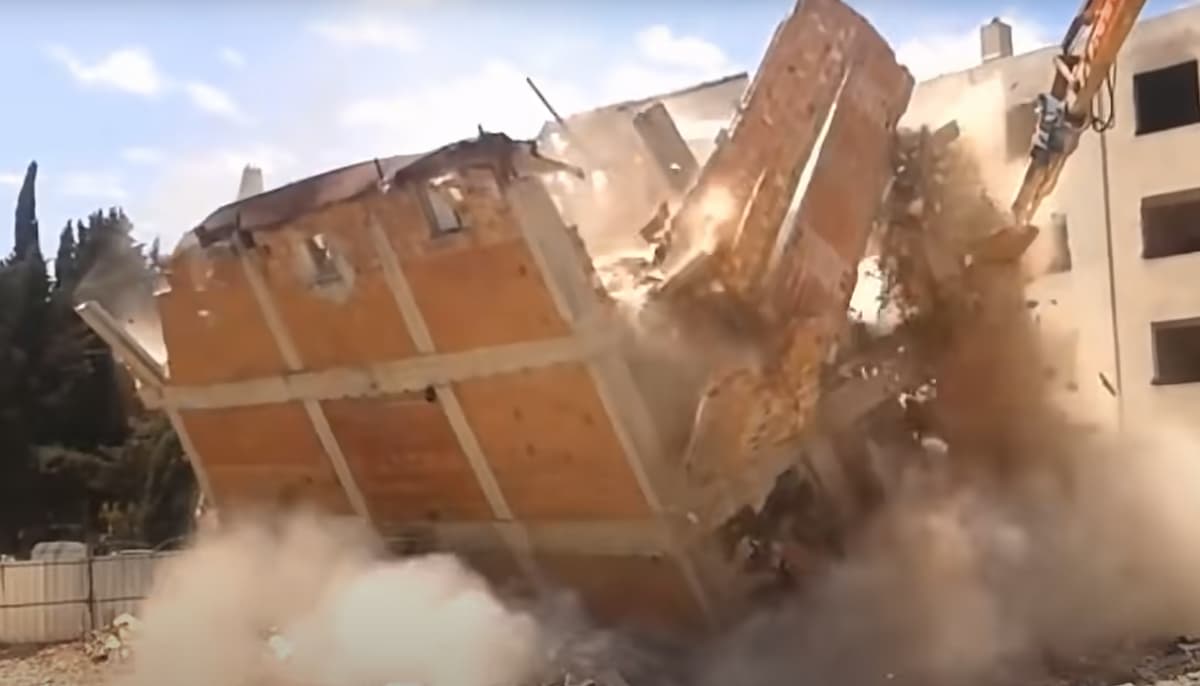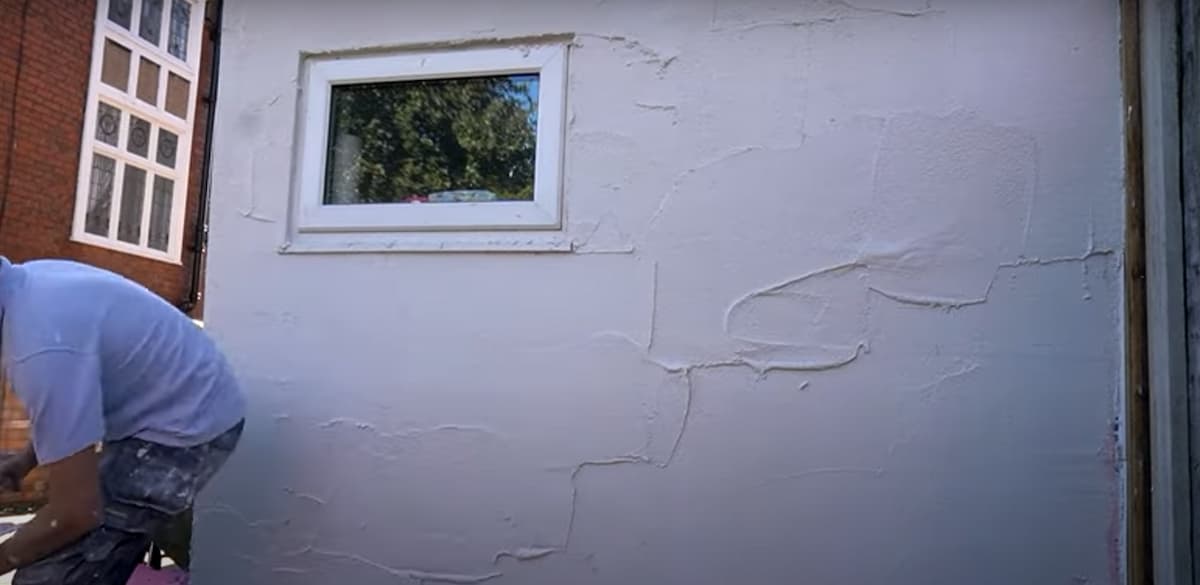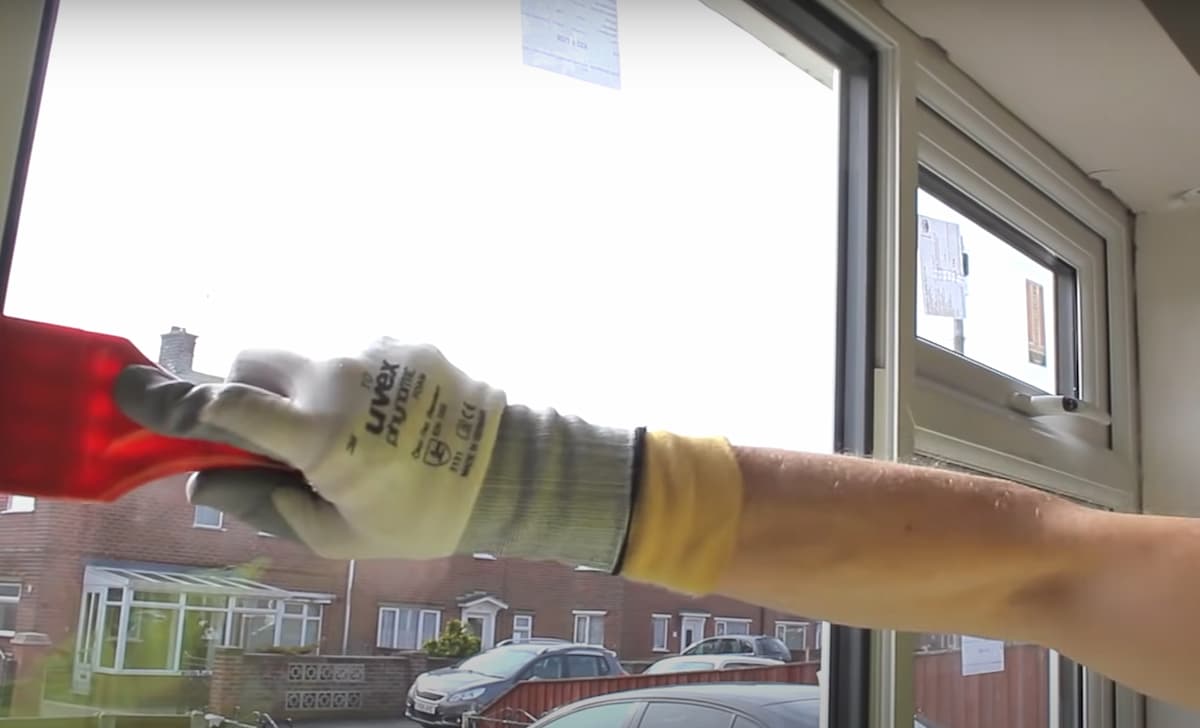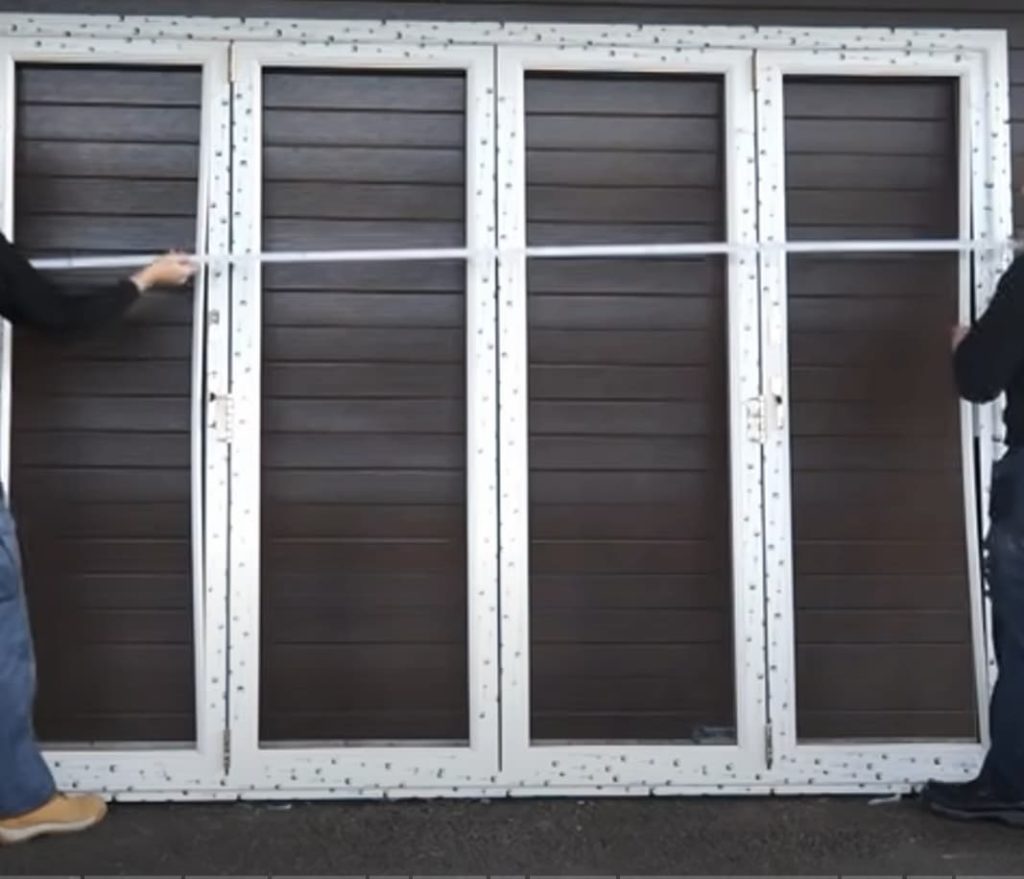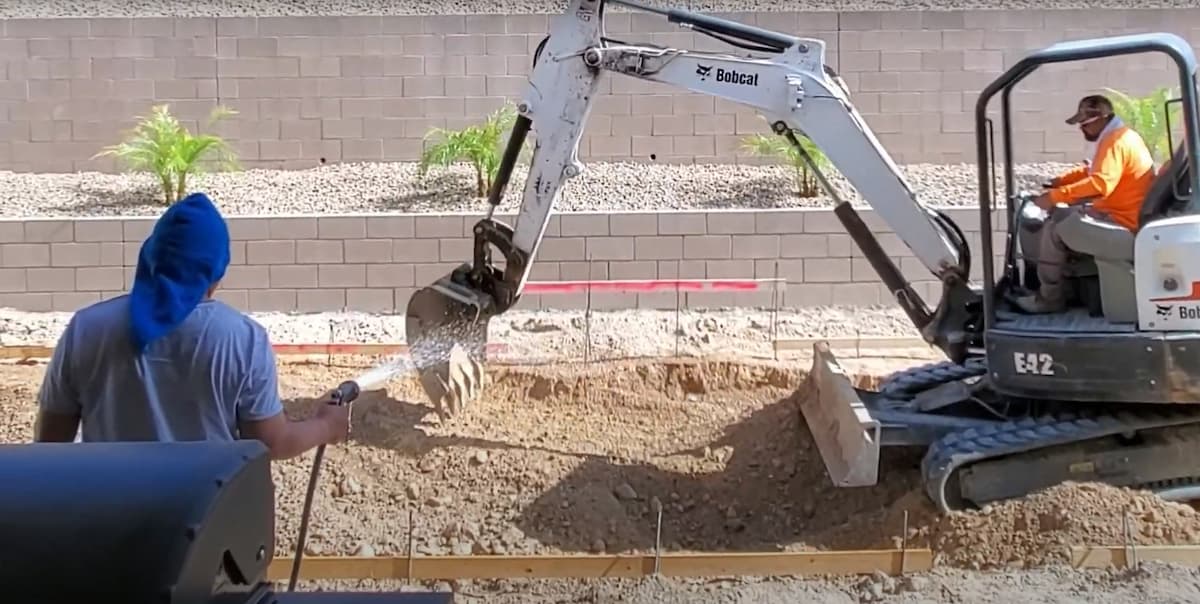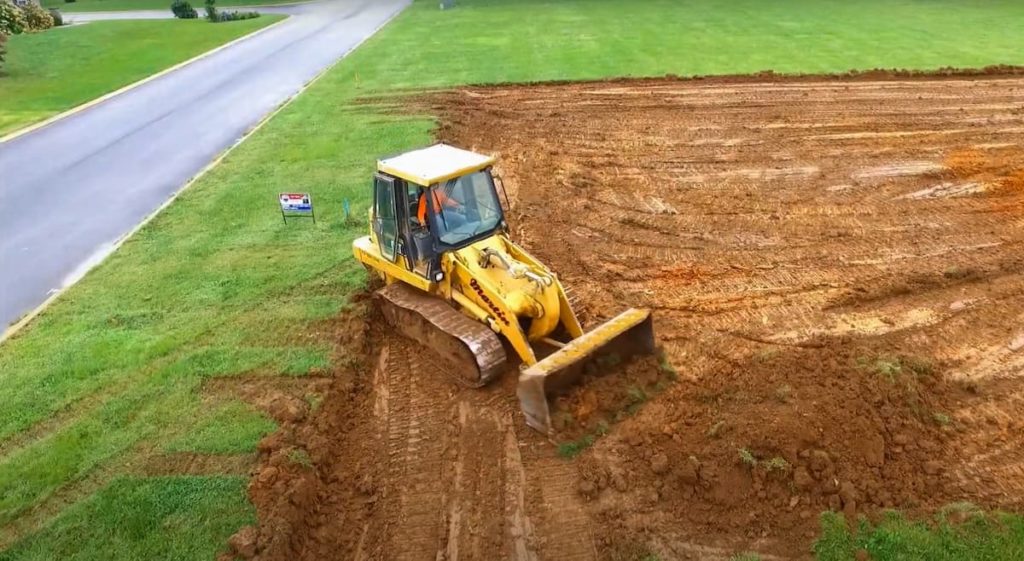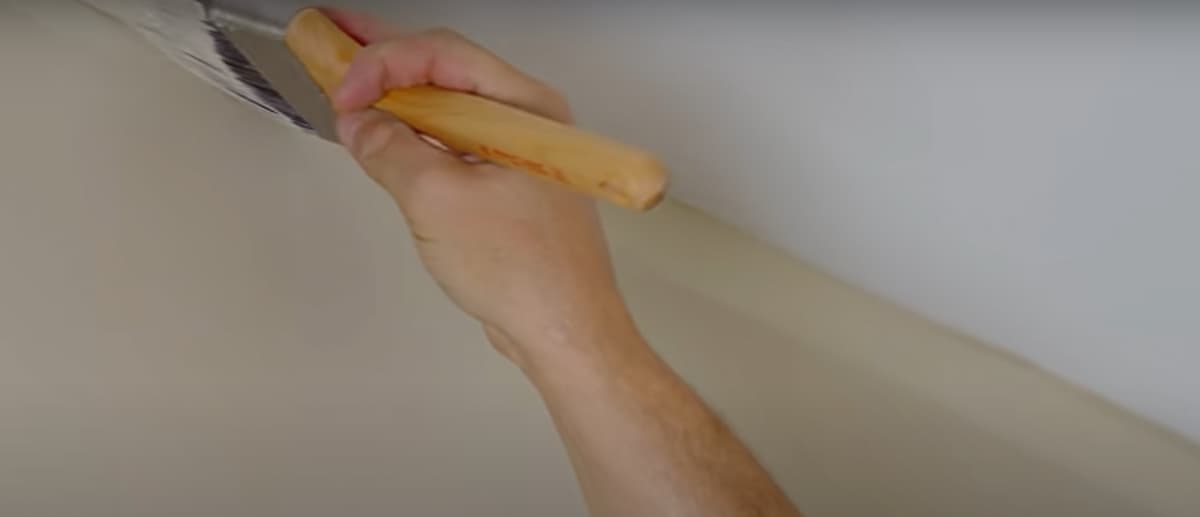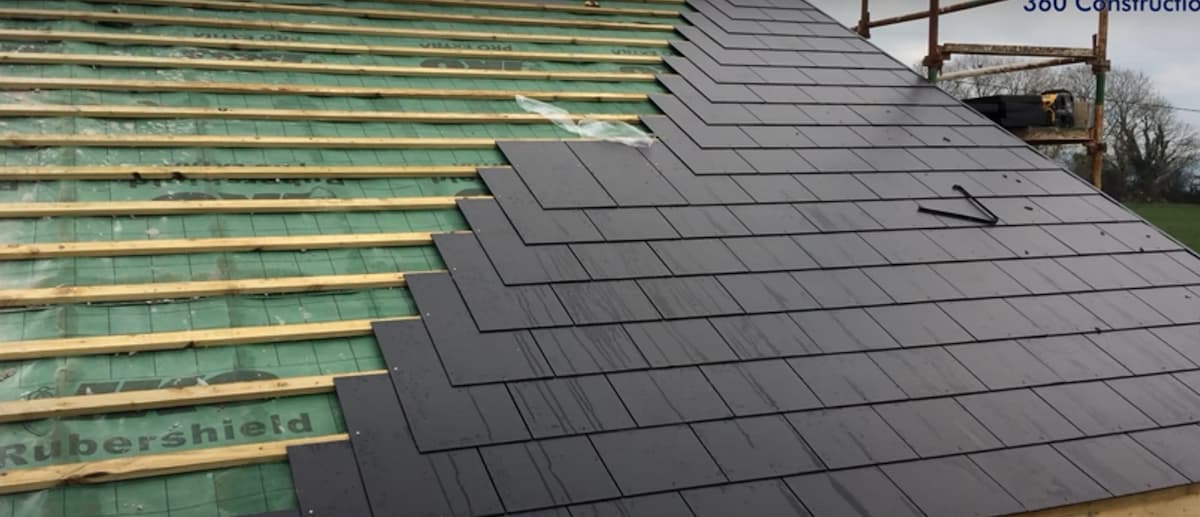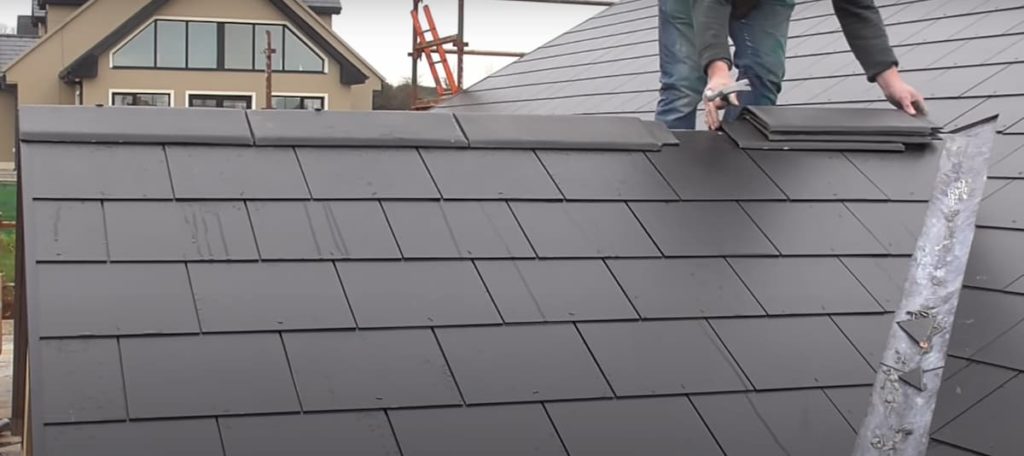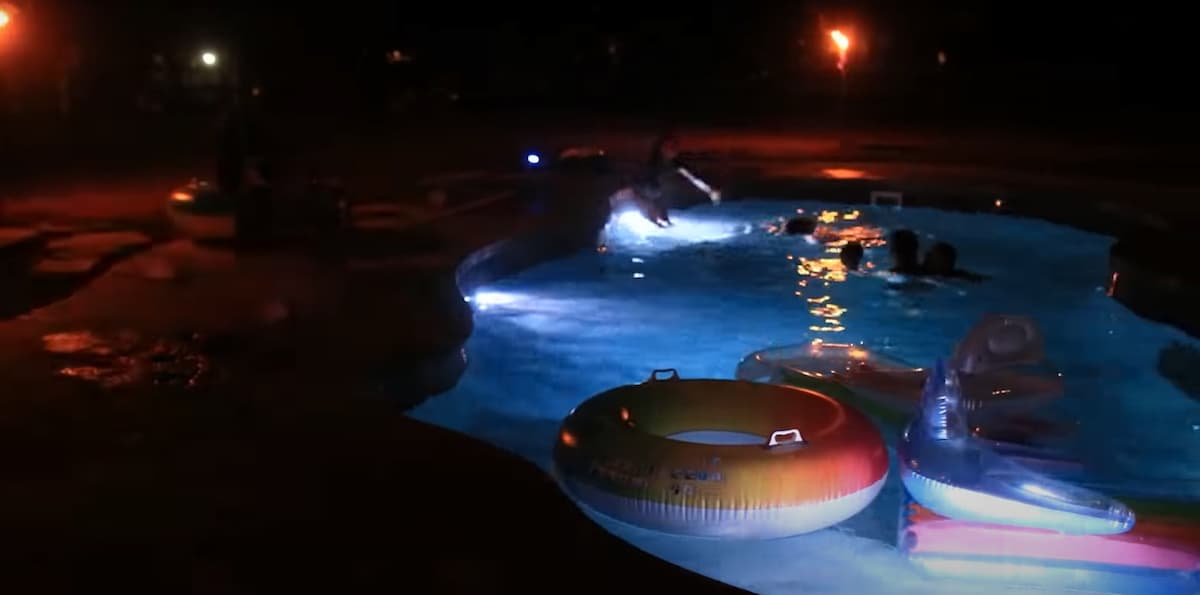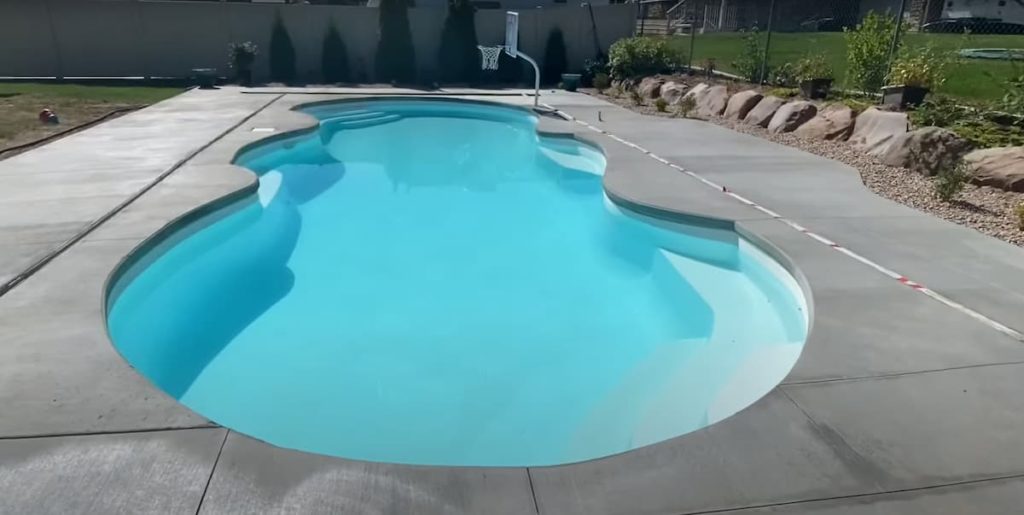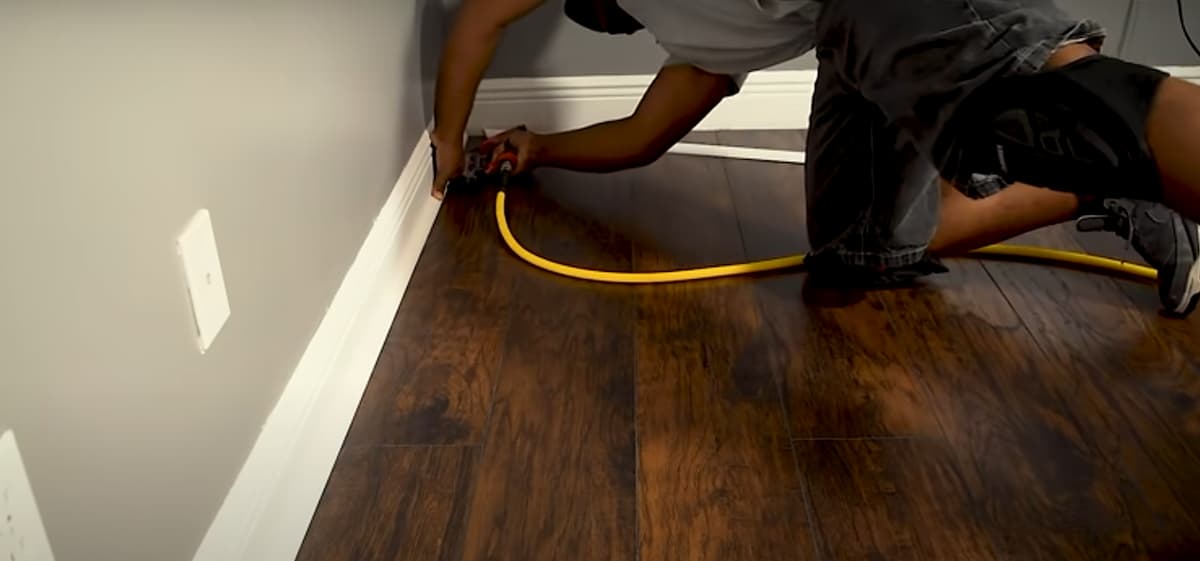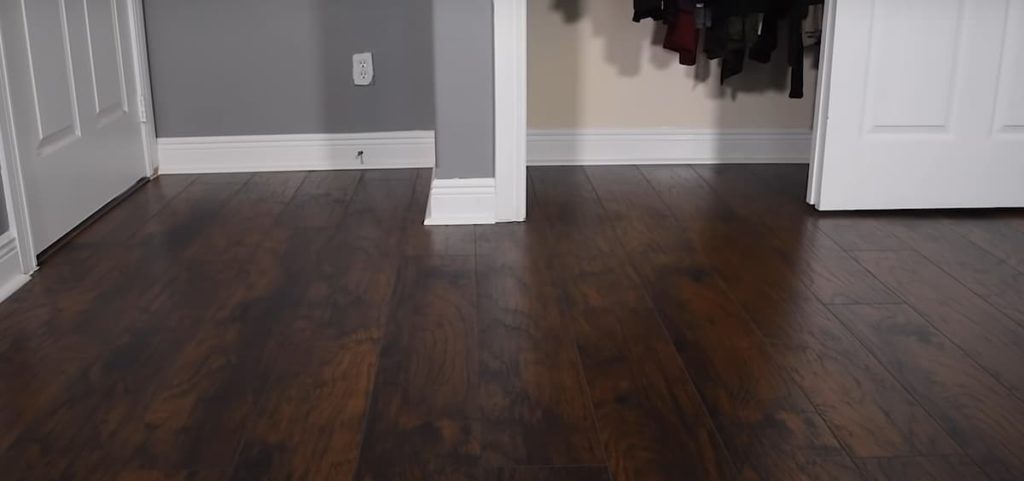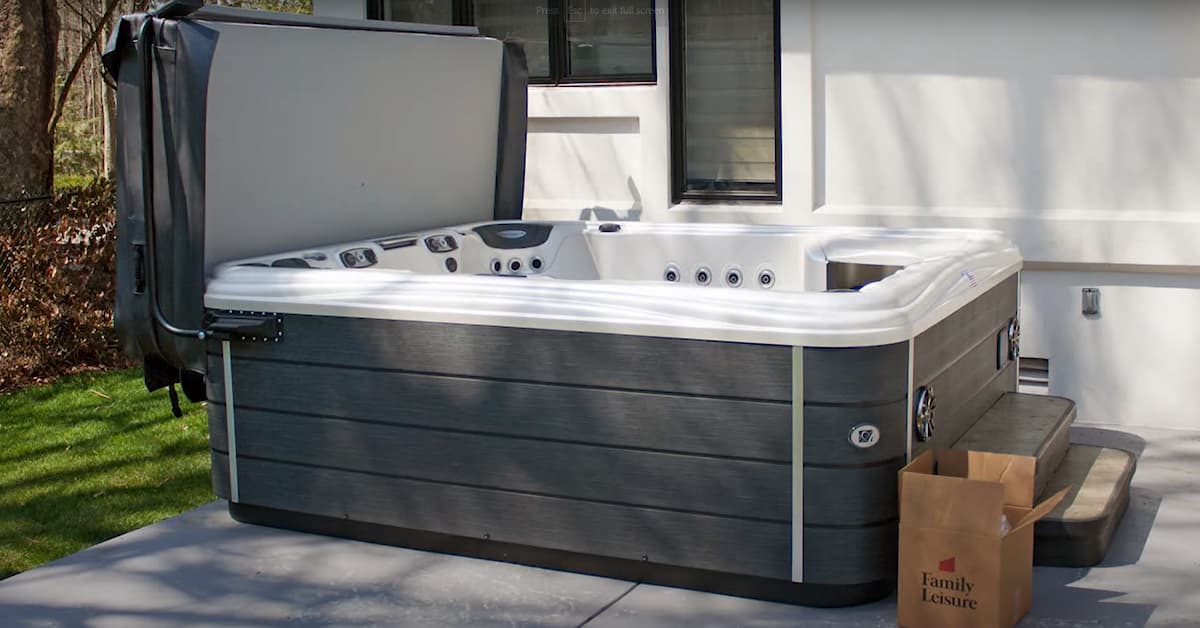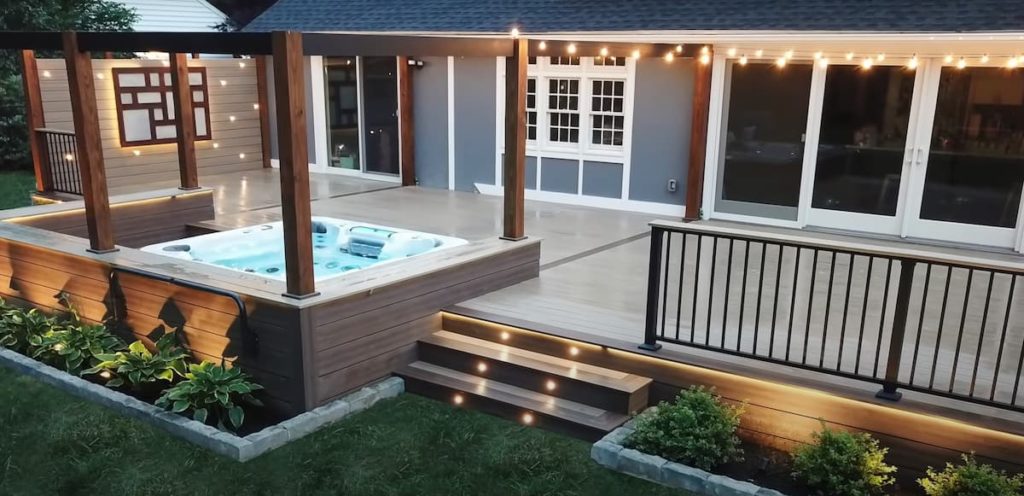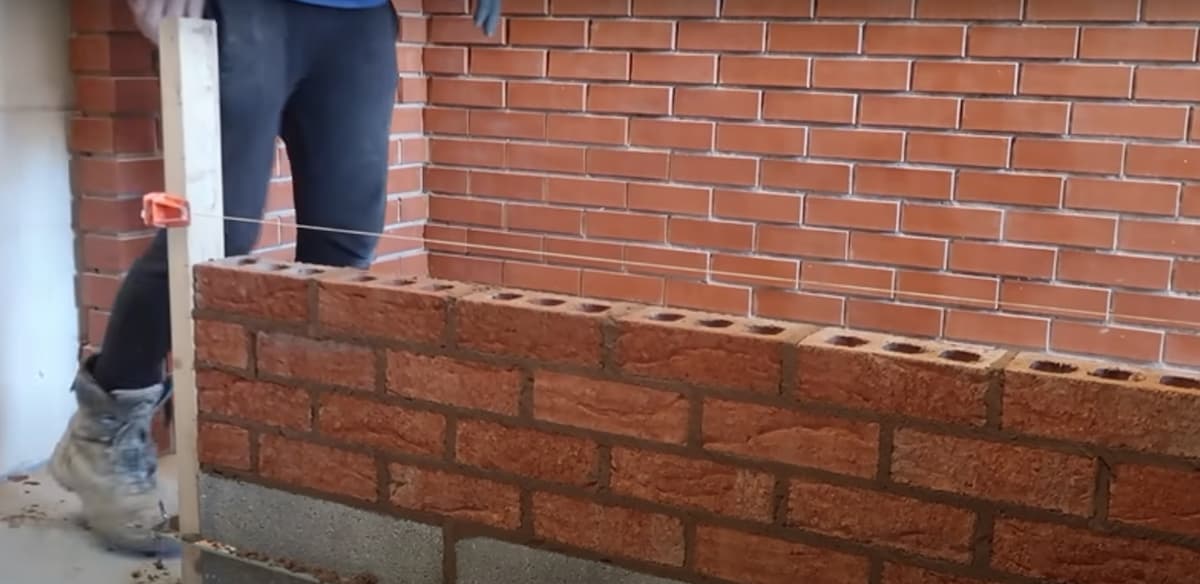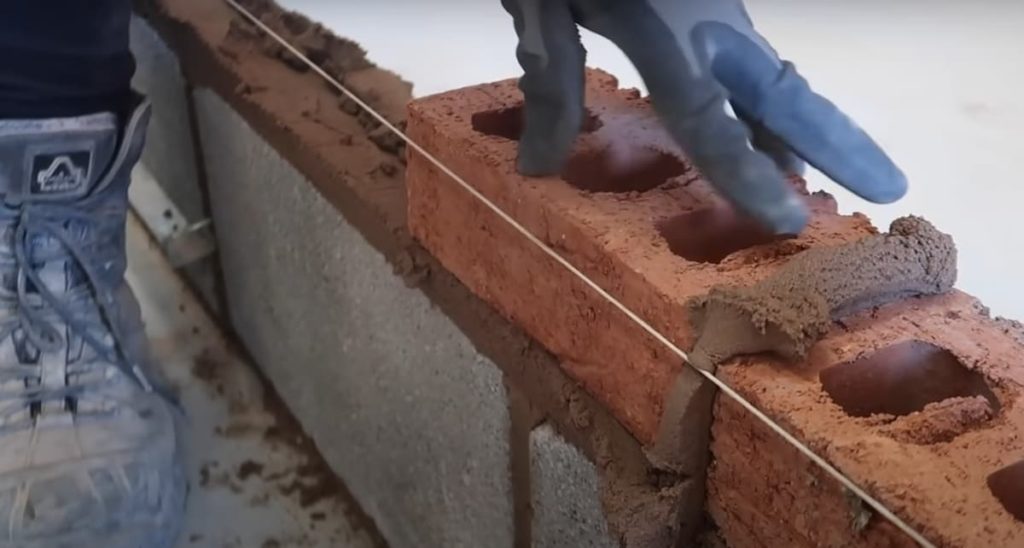Australia is a country that is known for its beautiful environment and strong focus on sustainability. Sustainable living is a lifestyle that aims to reduce an individual’s or society’s use of natural resources and improve their quality of life.
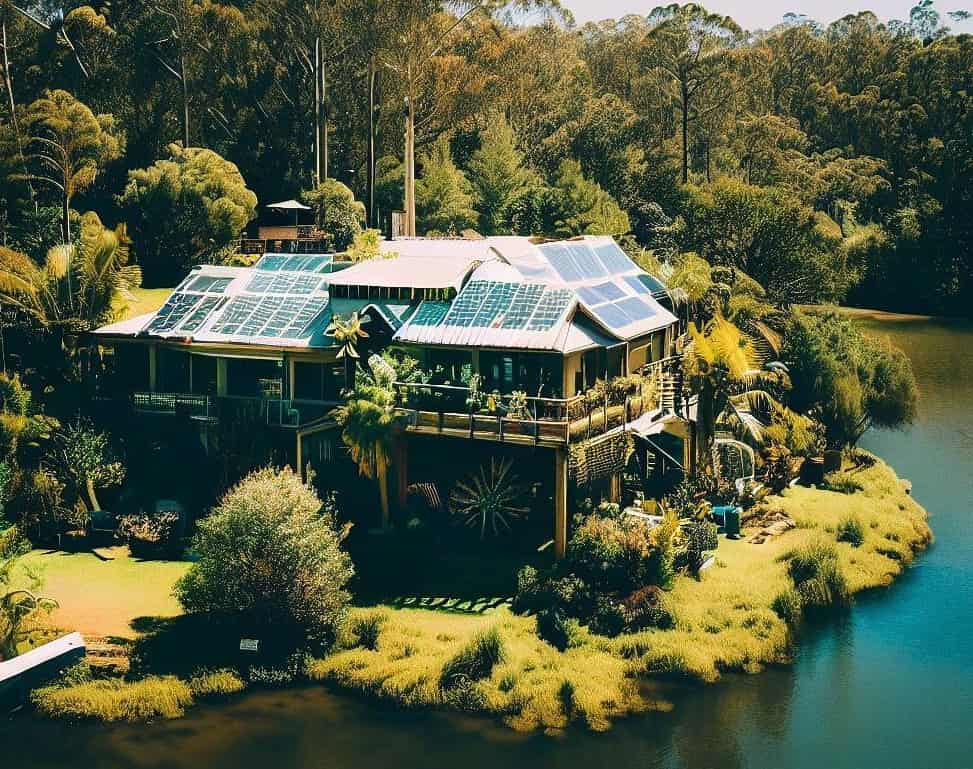
Sustainable buildings and developments
Sustainable buildings and developments are becoming increasingly popular in Australia as people look for ways to reduce their impact on the environment. Energy efficient appliances, solar power and water recycling are just some of the ways that Australians are making their homes more sustainable
Transportation is another area where Australians are working towards sustainability. Electric cars and bicycles are becoming more common, and public transportation is being improved to make it more efficient and environmentally friendly
Types of Green rated buildings
There are many different types of green rated buildings, each with their own benefits and drawbacks. Some of the most common types of green buildings include:
Passive Houses: Passive Houses are some of the most energy efficient buildings in the world, using very little energy for heating and cooling. They are often made with natural materials like wood and stone, which help to keep the building cool in summer and warm in winter.
LEED certified buildings: LEED certified buildings are some of the most popular green buildings in the world. LEED, or Leadership in Energy and Environmental Design, is a certification system that awards points for various sustainable features in a building, such as energy efficiency, water conservation and use of recycled materials.
Green roofs: Green roofs are roofs that are covered in vegetation, which helps to insulate the building and reduce cooling costs. Green roofs also help to absorb rainwater, which can be used to water the plants on the roof or stored for later use.
Solar powered buildings: Solar powered buildings are becoming more common as the cost of solar panels decreases. Solar panels can be used to generate electricity, which can then be used to power the building. Solar power can also be used to heat water, which can be used for showers, washing dishes and laundry.
There are many other types of green buildings, each with their own unique features. Green buildings are becoming more popular as people become more aware of the need for sustainability.
What is sustainable living?
Sustainable living is a lifestyle that aims to reduce an individual’s or society’s use of natural resources and improve their quality of life. Sustainable living can be achieved through a number of different means, such as using renewable energy, recycling and reducing consumption.
Sustainable living is often thought of as a lifestyle that is kind to the environment, but it can also be a lifestyle that improves your health and wellbeing. Sustainable living can help you to save money, live a healthier life and make a positive impact on the planet.
Australian Green Development Examples
Australia is a world leader in sustainable living, with a number of world-renowned green developments. Some of the most notable Australian green developments include:
Central Park Sydney Tower: The Central Park Sydney Tower is a LEED Gold certified office building that features a number of sustainable design elements, such as solar panels, rainwater harvesting, a heliostat and green roofs.
Bundoora Homestead: Bundoora Homestead is a heritage-listed mansion that has been converted into an art gallery and museum. The property features a number of sustainable design elements, such as solar panels, water harvesting and a green roof.
There are many other examples of Australian green developments, each with their own unique features. Australia is a world leader in sustainable living, and it’s clear that the future is green!
What is Eco Construction
Eco construction is the practice of constructing buildings and using materials that are environmentally friendly and sustainable. This type of construction is becoming more popular as people become more aware of the need to protect our environment.
There are many benefits to eco construction, including reducing the amount of pollution created by traditional construction methods, saving energy and water, and creating a healthier environment for people to live in.
Eco construction often uses recycled materials, renewable energy, and green building techniques. This can help to reduce the carbon footprint of a construction project and make it more sustainable.
Eco construction is not only good for the environment, but it can also be cost effective. Using eco friendly materials and construction methods can often save money in the long run by reducing energy and water bills, and maintenance costs.
What is Sustainable Construction?
Sustainable construction is the practice of constructing buildings in an environmentally responsible way. This means using materials that are eco-friendly, energy efficient and sustainable. It also includes using construction methods that don’t damage the environment.
There are many benefits to sustainable construction. For one, it can help reduce your carbon footprint. eco-friendly building materials and energy-efficient construction methods can help save resources and conserve energy. Sustainable construction can also improve indoor air quality, reduce noise pollution and create a healthier environment for occupants.
Sustainable construction is becoming increasingly popular as more people become aware of the need to protect our environment. If you’re interested in sustainable construction, there are many ways to get involved. You can learn about eco-friendly building materials, energy-efficient construction methods and sustainable construction practices.
You can also join an organization that promotes sustainable construction or volunteer your time to help build eco-friendly homes. Whatever way you choose to get involved, you’ll be helping to make a difference in the fight against climate change.
Eco Construction Costs in Australia?
There is no one answer to this question, as the cost of eco construction projects can vary greatly depending on a variety of factors. However, some eco construction techniques can be more expensive than traditional methods, while others may be more affordable.
One important thing to keep in mind is that eco construction projects often result in significant savings down the road, due to the reduced need for energy and water usage. In addition, eco construction projects typically have a longer lifespan than traditional buildings, which also helps to reduce costs in the long run.
If you’re looking for an estimate of eco construction costs in Australia, it’s best to consult with a qualified professional. They will be able to take into account your specific needs and budget to provide you with an accurate quote.
What are Building Sustainable Features
Sustainable buildings are designed and built with the environment in mind. Their goal is to reduce the negative impact that buildings have on the planet, and they do this by using energy-efficient materials and construction methods, as well as renewable energy sources.
There are many sustainable features that can make a building more environmentally friendly. Here are just a few examples:
1. Solar panels: Solar panels are a great way to generate renewable energy. They can be used to power the whole building, or just part of it.
2. Green roofs: Green roofs help regulate the temperature inside a building and reduce the amount of energy that is needed to cool it down in the summer. They also absorb rainwater, which can help reduce flooding.
3. Energy-efficient windows: Windows that are energy-efficient help keep the heat inside a building in the winter and the cool air inside in the summer. This reduces the amount of energy that is needed to heat and cool the building.
4. Water conservation: There are many ways to conserve water in a building, such as using low-flow fixtures and collecting rainwater.
These are just a few of the many sustainable features that can be used in buildings. By using these features, we can make a positive impact on the environment.
Other Common Sustainable Features of a Building
There are many sustainable features that can be included in a building. Some common sustainable features are:
- Rainwater harvesting – Rainwater harvesting systems collect rainwater from the roof of a building and store it in tanks. This water can then be used for watering plants, flushing toilets, or other purposes.
- Energy-efficient windows – Energy-efficient windows help to keep heat in during the winter and out during the summer. This can help to reduce a building’s energy consumption.
- Natural ventilation – Natural ventilation systems use wind and air pressure to ventilate a building. This can help to reduce a building’s reliance on mechanical ventilation systems.
By including these features, buildings can become more sustainable and reduce their environmental impact.
Why is building sustainability important?
Sustainable building features are important because they can help reduce the environmental impact of a building. Many sustainable features, such as LED lighting and green roofs, can help save energy and money. Additionally, sustainable buildings are healthier for occupants, which is why many people are choosing to build sustainably.
There are many different sustainable building features that can be used in order to make a building more sustainable. Some of the most popular sustainable building features include
LED lighting: LED lights use less energy than traditional incandescent bulbs, which can help to reduce the overall energy consumption of a building
Green roofs: Green roofs are a type of living roof that is covered in vegetation. Green roofs can help to insulate a building, reduce stormwater runoff, and improve air quality
Geothermal heating and cooling: Geothermal systems use the earth’s natural heat to provide heating and cooling for a building. Geothermal systems are very efficient and can help to reduce a building’s energy consumption
Solar panels: Solar panels can be used to generate electricity for a building. Solar panel systems can be used to power all or part of a building, depending on the size of the system
Wind turbines: Wind turbines can be used to generate electricity for a building. Wind turbines are most effective in areas with high winds
There are many other sustainable building features that can be used to make a building more sustainable. These are just a few of the most popular sustainable building features that are being used today.

